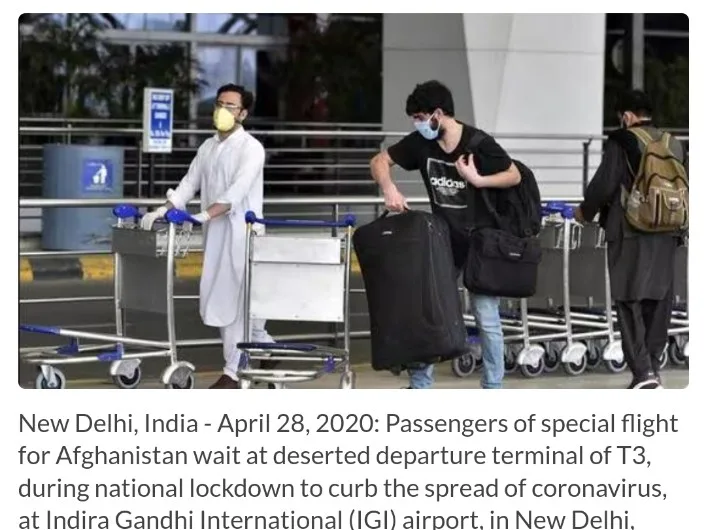New Delhi, In a significant development, authorities are actively working on implementing a system for internal baggage transfers between the three terminals at Delhi’s Indira Gandhi International (IGI) airport. This crucial step aims to elevate IGI to India’s first hub airport, allowing seamless passenger transfers between terminals without the need for redundant baggage claims and check-in procedures.
The move aligns with the vision to establish immediate connectivity between domestic and international flights, eliminating the requirement for airlines to operate such services from a single terminal. The proposed system is part of ongoing consultations involving the central government, Delhi International Airport Limited (DIAL), and global consultancy firm Arthur D Little.
Trials for internal baggage transfers are currently underway and nearing finalization, with plans for an early baggage store system to accommodate connecting flights with time gaps before departure. Additionally, discussions include the potential implementation of air trains and subways to enhance terminal connectivity at IGI.
However, realizing the hub status necessitates a faster immigration process. The civil aviation ministry intends to engage finance, tourism, external affairs, and home ministries to formulate a comprehensive plan with allocated responsibilities.
As part of the broader strategy to establish IGI as a hub airport, authorities are also engaged in discussions about crucial routes and slots at the airport. Planning lucrative routes is deemed essential for success, and government officials emphasize the importance of robust planning by airlines and the airport operator.
Despite the optimistic outlook, industry experts acknowledge challenges in ensuring smooth internal connectivity. The complexity involves coordinating passenger connectivity and internal baggage transfers across different authorities, with a focus on minimizing transfer times for international-to-international (I-to-I), domestic-to-domestic (D-to-D), and domestic-to-international (D-to-I) flights.
Recent statistics reveal that between April 2022 and February 2023, 59% of total transfer traffic at IGI was domestic-to-domestic, with a mere 2.3% accounting for international-to-international transfers. A comparative benchmark is Singapore’s Changi airport, where over 50% of total passengers engage in international-to-international transfers.
As the airport endeavors to become a hub, the key challenge lies in optimizing connectivity and ensuring a seamless travel experience for passengers, signaling a transformative phase for Delhi’s aviation landscape.







